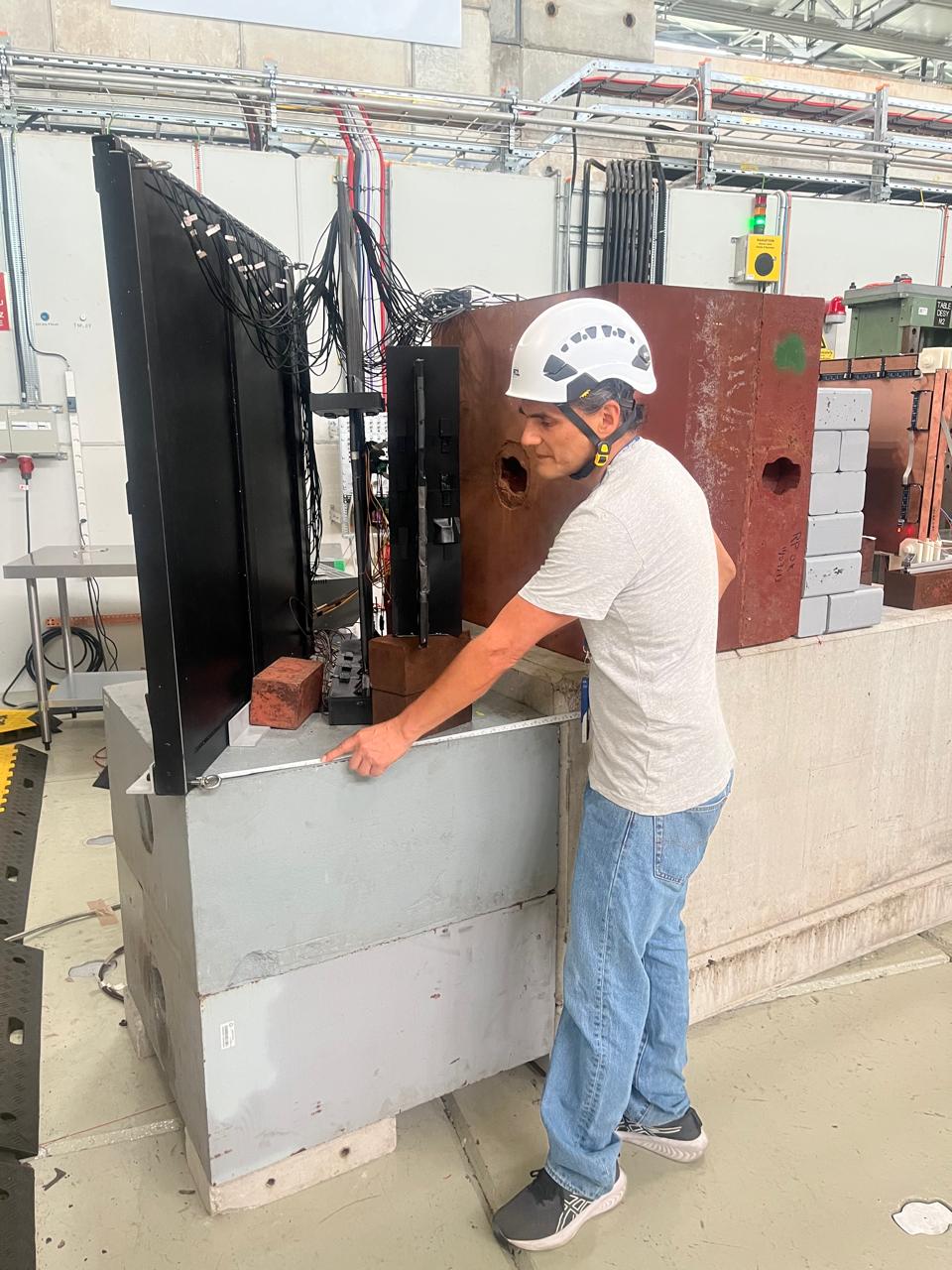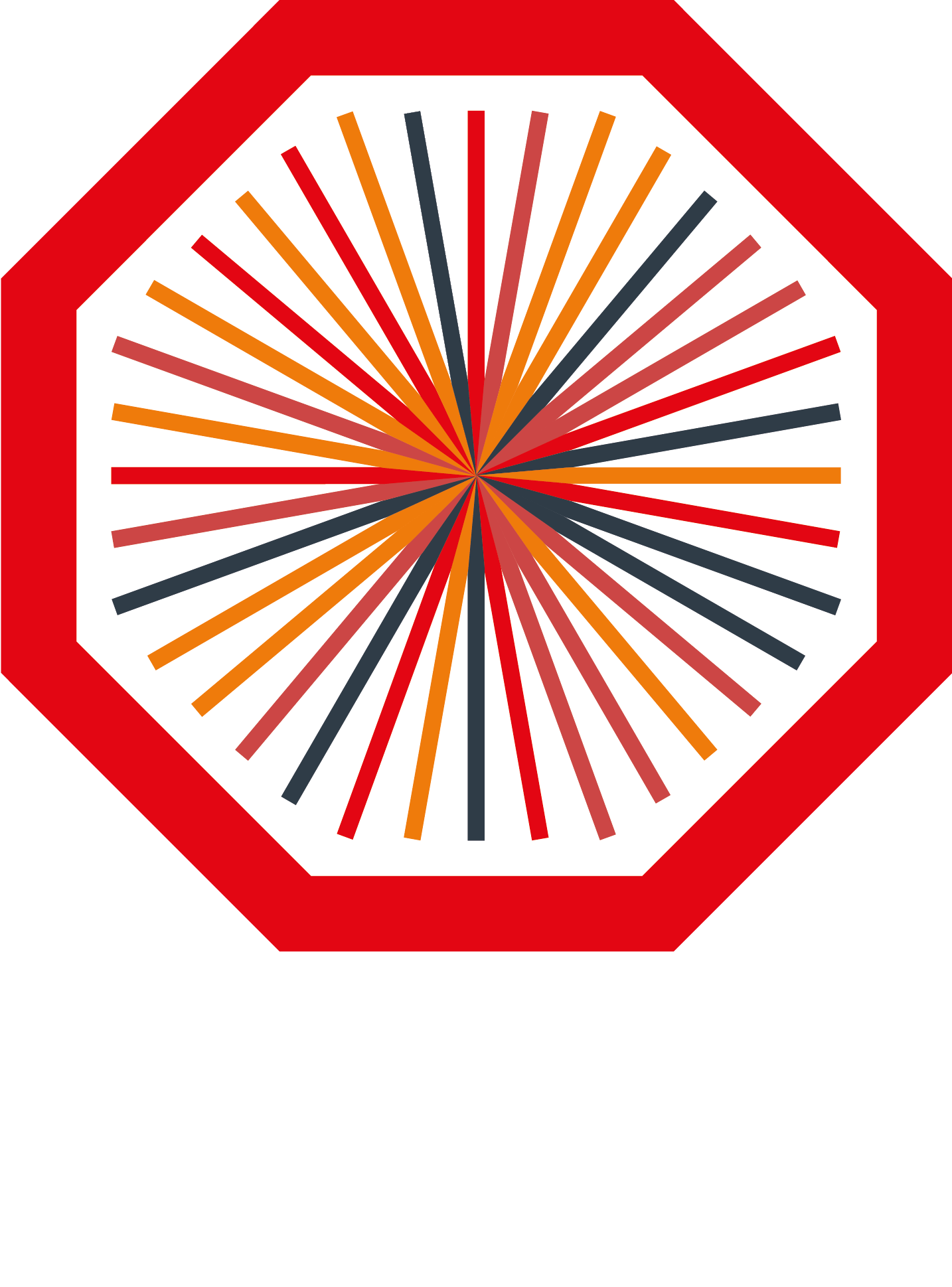
ALICE 3 MID prototypes successfully tested in the 2025 test-beam campaign
The MID subsystem is part of the reference detectors of ALICE 3. Groups from Mexico, Hungary, Czechia, and the US are collaborating in the MID proposal. Since 2023, the groups have conducted test beams at the CERN T10 beam line. For the first time, large detection area prototypes (~100x100 cm2) placed in front of an iron absorber (varying lengths) were tested this year. The design is close to that foreseen for ALICE 3.
The MID test-beam campaign took place from July 30th to August 13th. The main goal was to confirm that the chambers can achieve high efficiencies (>95%) for muon detection, keeping the background at the level of a few percent. To this end, high-purity muon and hadron beams were achieved using a threshold Cherenkov counter.
Photos in the CDS!
One of the MID prototypes consisted of an array of 4 multiwire proportional chambers (MWPCs) with a detection area of 120x80 cm2, and 96x64 channels with 12 mm segmentation. Another array of MWPCs was placed behind the absorber and acted as a beam telescope.
The second prototype was a large-area detector (100x100cm2) based on scintillator bars from FNAL-NICADD (100 cm length) equipped with wavelength-shifting fiber and readout with silicon photomultipliers. The prototype consists of two layers, each layer with 24 channels. The geometrical acceptance times efficiency was significantly improved relative to the prototype tested in 2024. The mechanical structure of the detector was also optimized, and it is close to the final design for ALICE 3.
The third prototype had an active area of 30x30 cm2, and used recycled scintillators from the ACORDE detector. In addition, the first version of the MID front-end card was tested.
Last but not least, plastic scintillator bars developed in collaboration with Nuviatech, a Czech company, were also tested.
The MID collaboration involves the participation of the following institutes:
- Benemérita Universidad Autónoma de Puebla (Mexico)
- Centro de Investigación y Estudios Avanzados (Mexico)
- Chicago State University (US)
- Czech Technical University in Prague (Czechia)
- Instituto de Ciencias Nucleares, UNAM (Mexico)
- Instituto de Física, UNAM (Mexico)
- Universidad Autónoma de Sinaloa (Mexico)
- HUN-REN Wigner Research Centre for Physics (Hungary)

